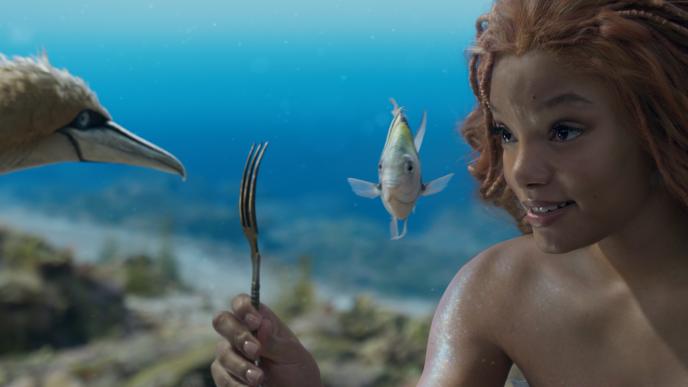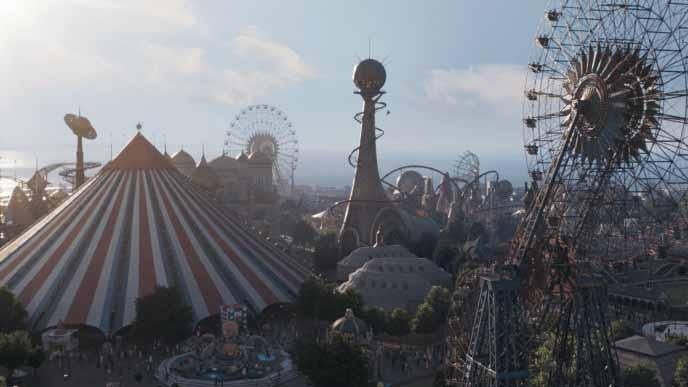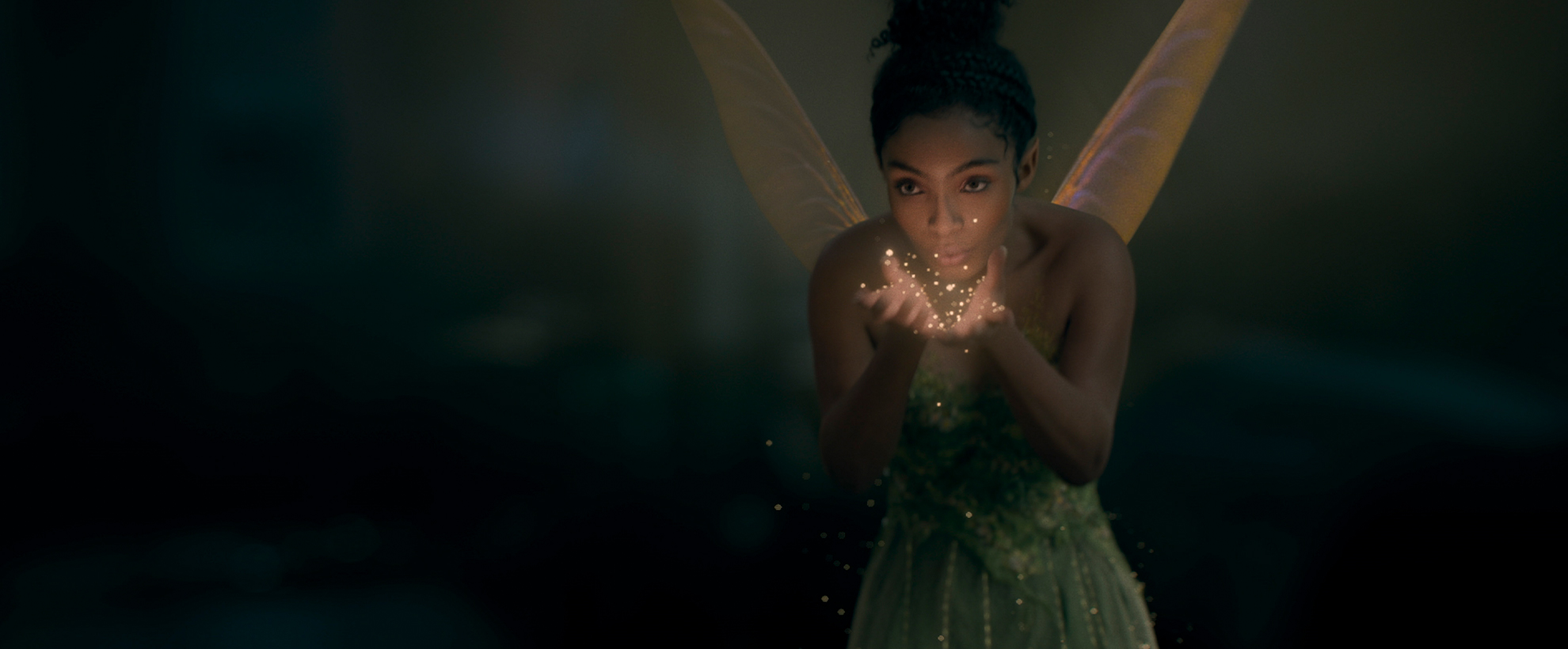
Peter Pan & Wendy
Delve into Framestore's creative collaboration with Walt Disney Studios on Peter Pan & Wendy, the captivating live-action adaptation inspired by the beloved 1953 animated classic. Led by VFX supervisors Mark Curtis and Nicolas Chevallier, Framestore’s teams across Montréal, Mumbai, Vancouver and London delivered 990 shots for this timeless tale and cinematic love-letter to the original Walt Disney animated classic.
Using enchanting artistry, advanced machine learning technologies, and magic skills, Framestore’s global team created beloved characters, fairy creatures, and epic environments to bring David Lowery's beautiful, personal vision to life.
Devising the perfect human digidouble
The Framestore team was tasked to create and animate one of Disney's most recognizable fairy characters: Tinker Bell, played by Yara Shahidi. Originally designed in the 1950s, Tinker Bell is characterised by her mischievous personality and possesses an extensive body language and facial expression repertoire that allows her to convey a wide range of emotions and get her point across. It was critical for the team to accurately reproduce these expression features to stay true to what makes Tinker Bell so iconic and charismatic.
While the rest of the cast was shot on a practical set, Tinker Bell’s diminutive stature meant Shahidi had to be shot on a performance capture stage. “For Tinker Bell, our main challenge was to create a perfect digidouble and transpose Yara’s incredible performance onto this fairy-sized character. Adopting this methodology helped create a convincing connection between on-set actors and Tinker Bell, ensuring accurate eye-lines and natural body language in their performance,” explains VFX Supervisor Nicolas Chevallier.
For Tinker Bell, our main challenge was to create a perfect digidouble and transpose Yara’s incredible performance onto this fairy-sized character.
The team spent 18 months developing the CG Tinker Bell, with the work culminating in one of the highest-calibre digidoubles ever to be seen on screen. “Creating hyperrealistic human digidouble - especially one who gets as much screen time as Tinker Bell - is a tremendous challenge,” says Pierre-Loic Hamon, Head of Creatures. “Not only do you have to deal with the sheer intricacy of human anatomy and motion, but also our own innate familiarity with human nature. True-to-life digital doubles, such as Yara’s, must be meticulously crafted with attention to the tiniest detail - ones that won’t necessarily register to the eye, but that trigger alarms with the subconscious if you don’t get them right. Capturing those fractional details, mannerisms and microexpressions required state-of-the-art capture technologies and a rethinking of methodology across multiple departments to ensure our Tinker Bell’s performance was as nuanced and natural as Yara’s.”

The team worked closely with cyber scanning companies working at the forefront of face and body capture to obtain a vast amount of visual and geometrical reference, while also leveraging cutting-edge machine learning capabilities. For the face, Shahidi performed the full range of FACS (Facial Action Coding System) units using OTOY’s ICT scanning booth, as well as several other workouts based on Framestore’s specifications, which includes a variety of head and neck calisthenics, facial expression gymnastics and phonetic pangrams using ILM’s Medusa capture booth equipped with eight cameras.
To solve the captured data onto Framestore's CG facial rig, the team developed their workflow utilising the Dynamic XYZ system, a computer vision and machine learning based tracking and performance retargeting tool. “This tool provides a solve system based on machine learning,” explains VFX Supervisor Nicolas Chevallier. We extensively trained it throughout the development process and also worked closely with the Dynamic XYZ team to develop features that were necessary to achieve better results, such as the ability to use more cameras.
Throughout the entire process, the animation team developed a substantial database of detailed blendshapes and FACS to calibrate and create an exhaustive profile of Shahidi’s expressions. This enabled the tool to assimilate more data and ensure accuracy when solving the footage.“We started by importing the performance capture footage into the software and chose specific images that we considered as profile frames,” says Hamon. “For each of the profile frames, we established some of the facial features delimitations, including mouth and eye contours, pivots, and tracking points, solved joint angles, and blending curves. We created over 200 profile frames, and for each of these we generated numerous iterations to assemble an exhaustive expression base for Yara, covering the entire range of her possible facial expressions. Once we had enough profile frames, we were able to track the performance against our CG face rig.” This solving system enabled the team to capture the essence of Yara’s performance, which then served as the basis for the animators’ work, allowing them to refine the process between tracking and solving while adding subtlety and accuracy to the CG Tinker Bell.
It was a process of careful refinement. The aim was to create a workflow that would simplify the solve without sacrificing detail.
For the body performance, the team relied on a wealth of performance references, creating a comprehensive data library of Yara’s body language movements. “We iterated on how Tinker Bell was supposed to fly and land, as well as other body language features,” explains Chevallier. “We then had several calls with director David Lowery and the rest of his team to discuss the acting performance videos the team would need Yara to perform.” Instead of using a mounted rig, the animation team suggested that Yara play Tinker Bell as if it were a theatrical performance, overplaying her movements. Most of the captures taken in the scanning booth were performed, again, theatrically to provide the team with sufficient references for combining the facial capture with the appropriate body language.
After building an extensive database of Yara’s specific body language, expressions, actions and movements the animation team meticulously interpreted all the available facial capture data and acting references to combine them and create the performance.
“All the world is made of faith, and trust, and pixie dust”
The final transition from Yara Shahidi to Tinker Bell was to progressively add her fairy features such as wings, dress, makeup, hairstyle and pixie dust - the magical, glitter-like powder that allows anything covered in it to fly. Unlike the previous steps that relied on identically matching references, this process required a more creative approach to determine the right look and concept for her fairy features. “Our methodology is always to start by matching with the real before gradually adding the extra features,” says Chevallier. “Yara was scanned multiple times, first without any additional features, then with makeup, followed by the addition of hairstyle and so on to get the desired realistic result.”

To create Tinker Bell’s dress the team had a real reference that was used to scan Yara and served as a base. The concept for the dress had to be aligned with the look of Peter Pan’s outfit, which was made of lichen. Framestore’s teams used numerous natural sources such as plants, lichen, algaes, and flowers as references to create the structure and look of the dress with a very high level of detail. “We followed an empirical approach,” explains Hamon. “Rather than making the cloth with a texture mapping to illustrate this transparent fabric feel, we decided to create 3D swatches of fabric based on groom fibers. More precisely, we established a pattern of intertwined fibers that we then repeated on surfaces in the form of groom, so it's really geometric fibers. We repeated the same principle for the bust. We had a geometric base and covered the whole geometric surface with different types of plant foam.” The team also added midnight flowers to cover the dress, with luminescent pistils that emanate pixie dust, creating a magical effect surrounding Tinker Bell. The idea behind Framestore's conceptualization of Tinker Bell's outfit was to support the performance and bring fairy magic to it by creating a truly enchanting dress.
The wings played an integral role in the performance, enabling Tinker Bell to express her emotions and reactions in a dynamic and powerful manner. By fluttering her wings, Tinker Bell was able to convey a range of emotions, from joy to sadness, as well as to emphasise her reactions. To create the shape of the wings, the team used a specific specimen of a butterfly with transparent wings as a reference, while the movements and speed were based on dragonfly references. “Animating the wings’ rapid movements was quite challenging because there were several beats per image and in-between the images as well,” explains Animation Supervisor Laurent Laban. “We developed a new system to reduce the animation and rendering times. With this system, animators could modify the deformation features of the wings, such as twist, bend, flap amplitude, and speed, by adjusting a few animation curves based on the flap frequency. These subtle changes enabled the animators to generate a wide variety of motion quickly. ”
Another challenge the team faced was when they had to reduce the asset to its fairy size in the shots. Initially, Tinker Bell was created at the size of a real person and then scaled down to 1/20th of her original size. “This brought some technicity constraints for the animation and layout teams in terms of achieving precision, staging and positioning of the character relative to the camera and the rest of the cast,” says Hamon. “The teams had to perform this task with great care to ensure accuracy and consistency in the final result.”
Framestore developed a specialized tool called FIRA for real-time body deformation, which facilitated the provision of feedback by Disney's creative team. This tool enabled the animation team to achieve precise viewport displays for all the intricate details essential to crafting exceptional CG performances, thus allowing for more efficient and critical feedback.
Framestore’s magic lights up Neverland
Framestore brought more of its magic VFX skills to Neverland to fulfil Lowery’s personal vision. To stay true to the original story and convey the enchanting sense of wonder and adventure that made the story of Peter Pan so enduring, Framestore has created epic environments, and brought to life the likes of ferocious crocodile Tick-Tock and Nana, the nanny dog.
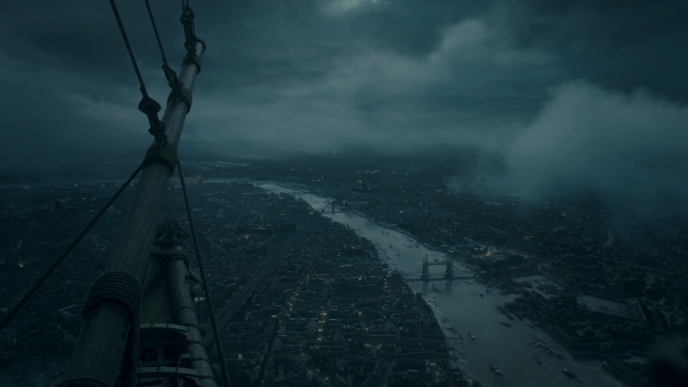
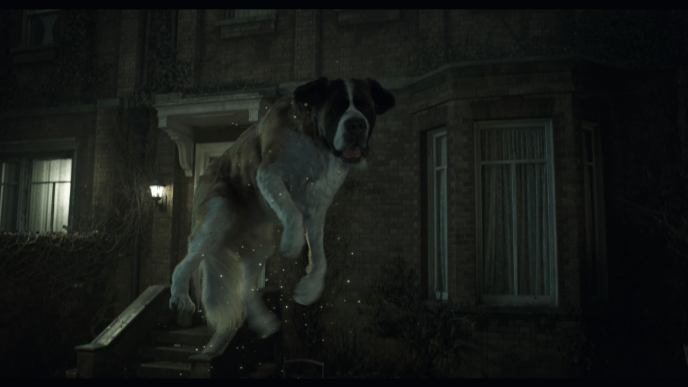
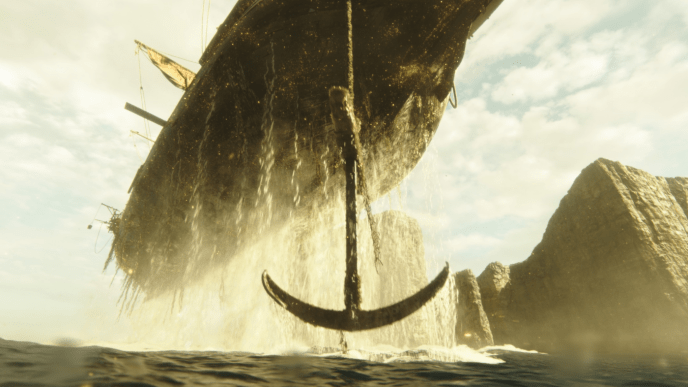
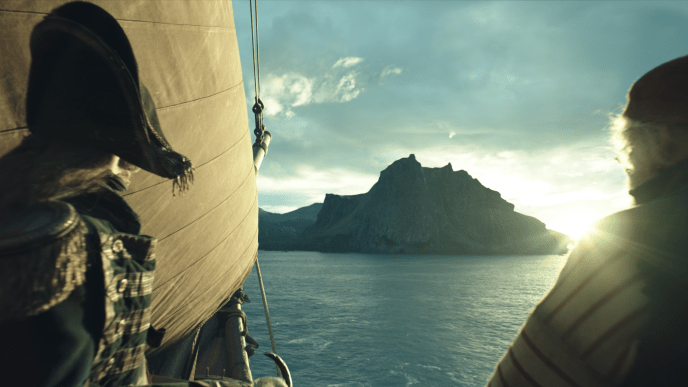
Tick-Tock, the iconic crocodile who swallowed a ticking clock and presented a recurring threat to Captain Hook. “One of the key themes for Tick-Tock was that he had to blend with his craggy Skull Island lair,” explains Chevallier. “To achieve this we undertook extensive 2D and 3D concept design work to try and find the right mix between skin, leather, scale textures and rock.” The team sought to to convey the idea that Tick-Tock had been living in the cave for a tremendously long time, which is why he has foam and algaes on his scales. Additionally, he also had to bear the scars of previous battles. “We first created a hyperrealistic version of an eight-metre crocodile, and then added some features to emphasise certain traits,” says Chevalier. “For example, we wanted Tick-Tock to be less intimidating, so we gave him a goofy eye and a big, crooked tooth.”
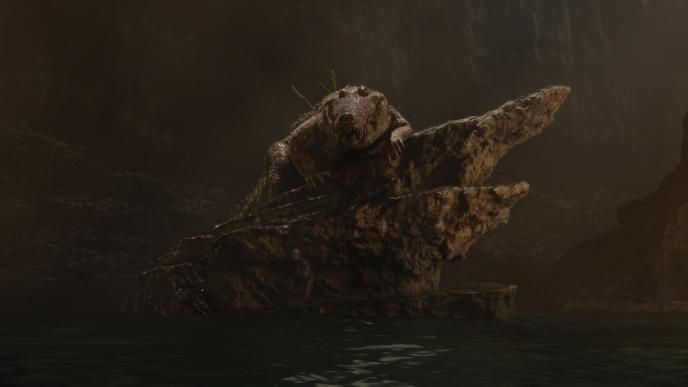
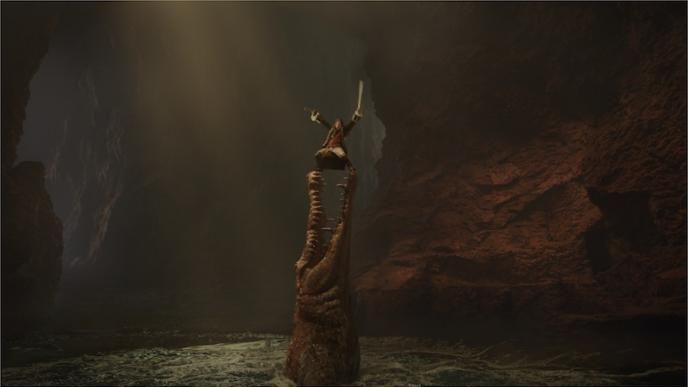
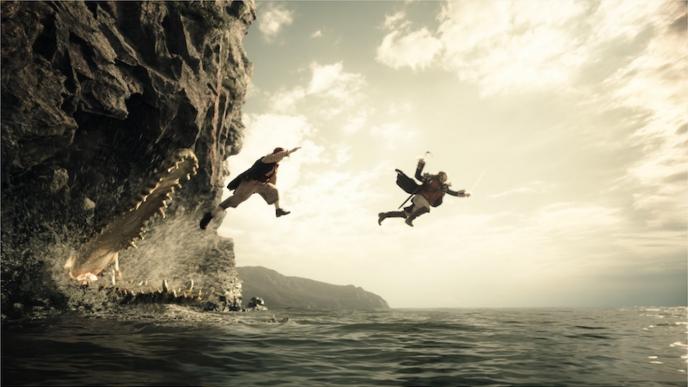
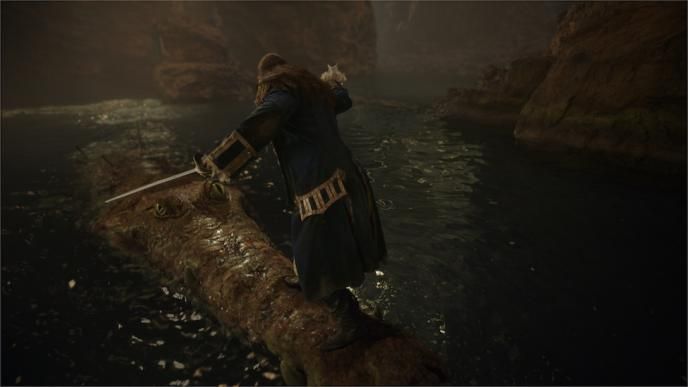
Framestore's contribution to Peter Pan and Wendy is a testament to the team's exceptional range and diversity of abilities. In addition to bringing to life the iconic characters and some environments of Neverland with precision and attention to detail, the team also had the task of creating other essential elements to fulfil the director's vision. This included the beloved character of Nana, the dog-nanny, as well as the androgynous mermaids that added to the film's magic and charm. Alongside these creations, the team's work on the iconic flying scene over London and the intricate details of the Jolly Roger pirate ship showcased their exceptional skills and dedication to their craft.


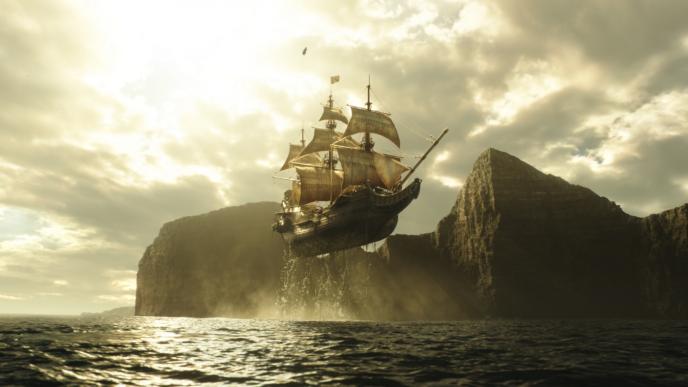
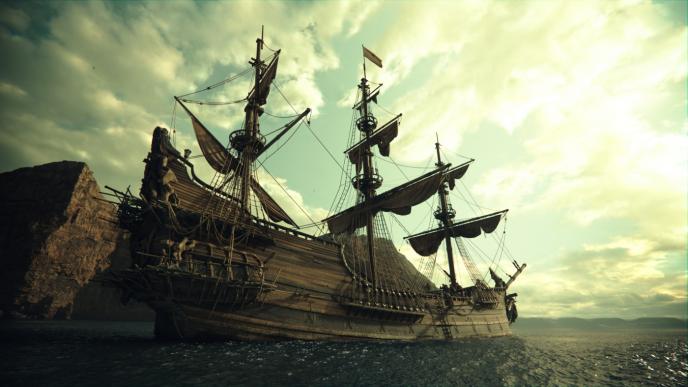
We are grateful to have had the opportunity to collaborate with Rich McBride, and to have contributed to bringing David Lowery’s beautiful, highly-personal vision for the project to life.
“David's unwavering dedication and receptiveness to contributions from the entire team created a dynamic and engaging environment for extraordinary collaboration that resulted in some incredible imagery," concludes Mark Curtis.
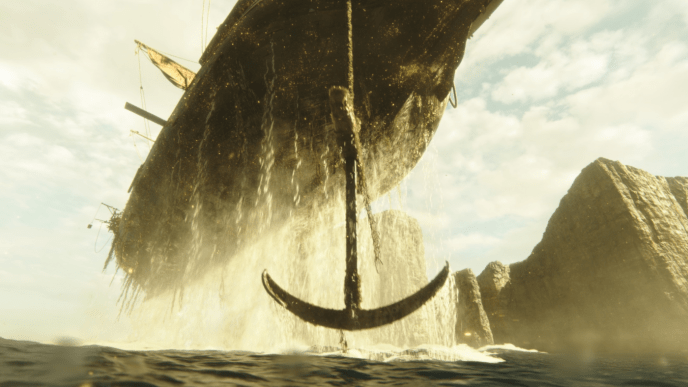
Press
You might be surprised how Tinkerbell in ‘Peter Pan & Wendy’ was made - Befores & Afters Podcast

